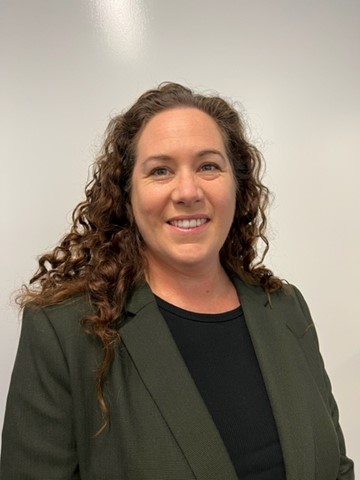Media Resources & Contact
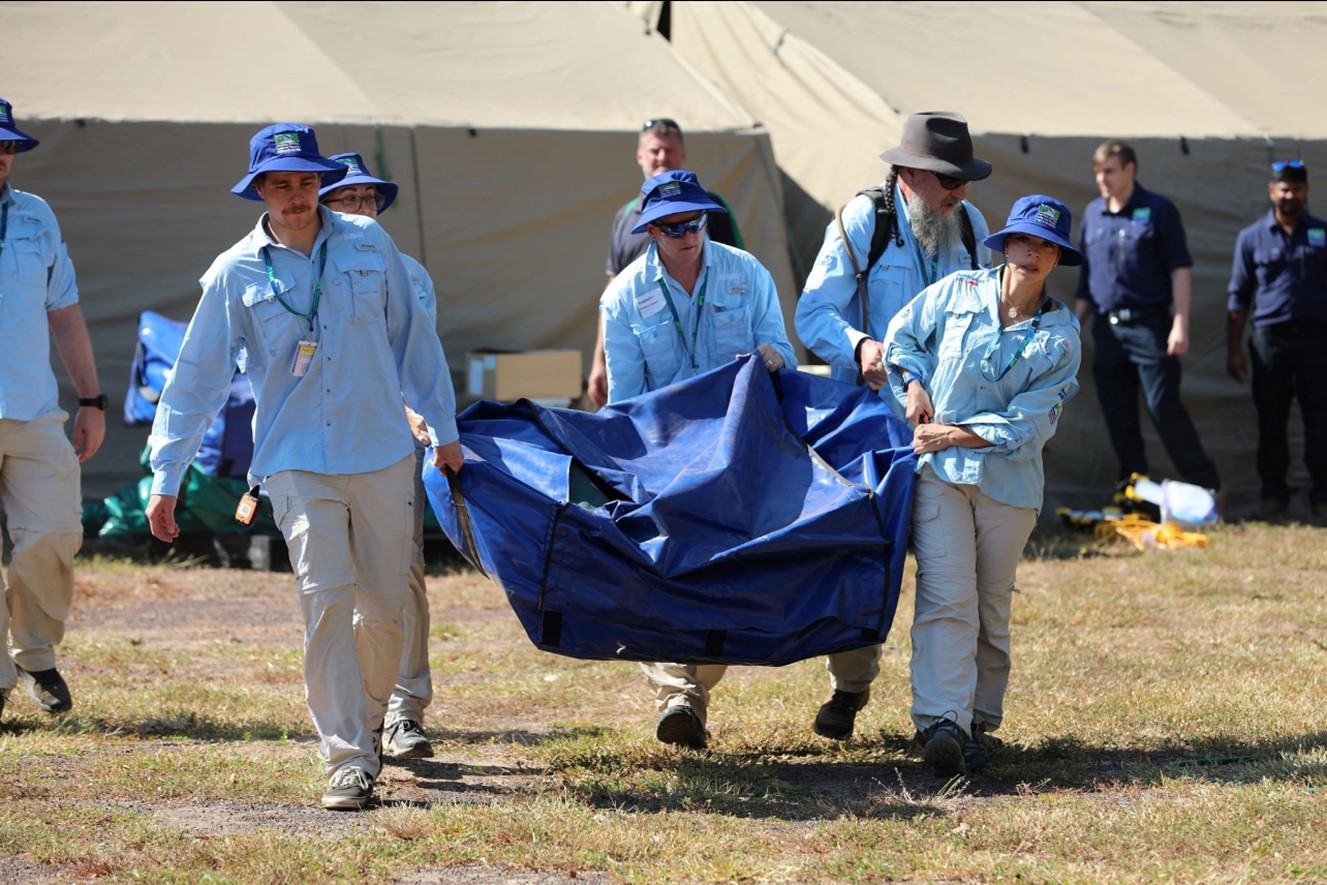
This year four NSW Health Pathology staff were selected to undergo training with AUSMAT, the Australian Medical Assistance Team, preparing them to be deployed to disasters or health responses at short notice.
In August 2023, the National Critical Care and Trauma Response Centre (NCCTRC) sent out an expression of interest seeking medical science professionals for recruitment into the Australian Medical Assistance Team (AUSMAT) volunteer database for future AUSMAT deployment opportunities and activities.
Over 40 applications from NSW Health Pathology staff were received – with four selected to undertake the rigorous training required in the 2024 courses.
Philip Dupal a Hospital Scientist at our Maitland laboratory, Luke Ryan a Hospital Scientist based at our Bathurst laboratory, Claudia Alvarez Chavarriaga from the Transfusion team at Randwick and Infectious Diseases physician at Sutherland Hospital Dr Ben Knippenberg all recently completed the training at the NCCTRC in Darwin.

What is AUSMAT?
The Australian Medical Assistance Team is a World Health Organization-accredited Emergency Medical Team managed by NCCTRC for the Australian Government Department of Health and Aged Care. AUSMAT leads the way in civilian medical team preparedness and response to sudden onset disaster, medical or humanitarian emergency, domestic or international.
It’s made up of medical professionals, including physicians, registered nurses, allied health and paramedics, and non-medical members such as logisticians.
While initial responses concentrated on international events and disasters, more recently the focus has shifted to public health emergencies, such as the measles epidemic in Samoa (October 2019-January 2020), as well as to domestic deployments including the catastrophic bush fires in Victoria and New South Wales in January 2020, and Australia’s COVID-19 response.
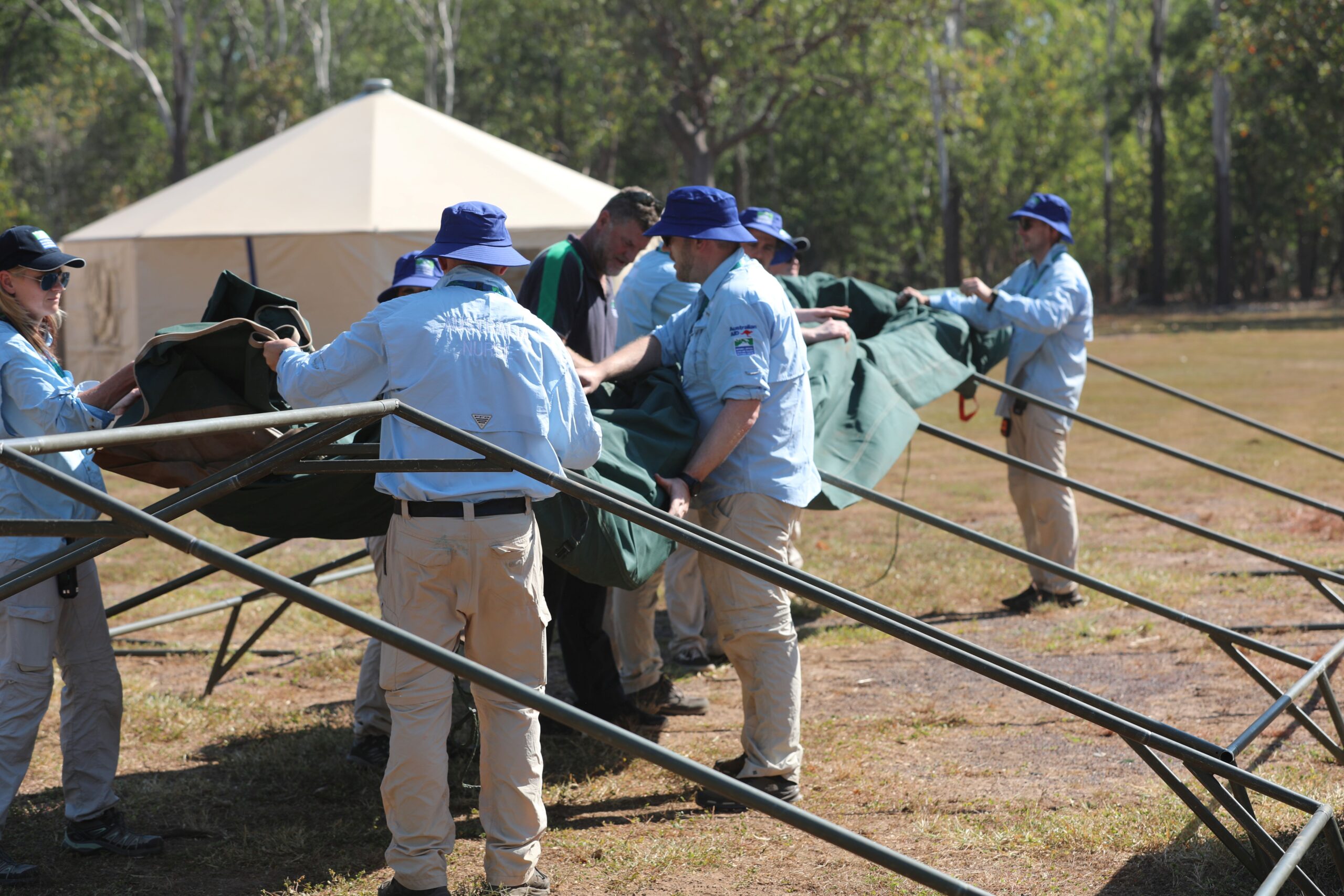
What does AUSMAT training involve?
The training course involves a comprehensive six-week online course plus a one week face-to-face residency held in Darwin at the NCCTRC’s newly renovated training facility.
The standardised national training brings together trainers from a mix of professions and jurisdictions to deliver the course.
Course content includes:
• Survival in austere environments
• Equipment familiarisation/management
• Hostile negotiation
• Trip planning
• Cultural awareness
• Medical management of multi casualties in the field
• Humanitarian operations
• Crowd management
• Water purification
Luke Ryan says the course has been developed to expose participants to a range of essential techniques and survival skills needed for successful management in the field during a health emergency.
“It’s particularly focused on testing the participants’ capacity to survive in difficult and hostile environments as a valued team member,” he explained.
“It involves both classroom and practical exercises including an overnight field deployment.”
Claudia Alvarez Chavarriaga described the training as tough but life-changing.
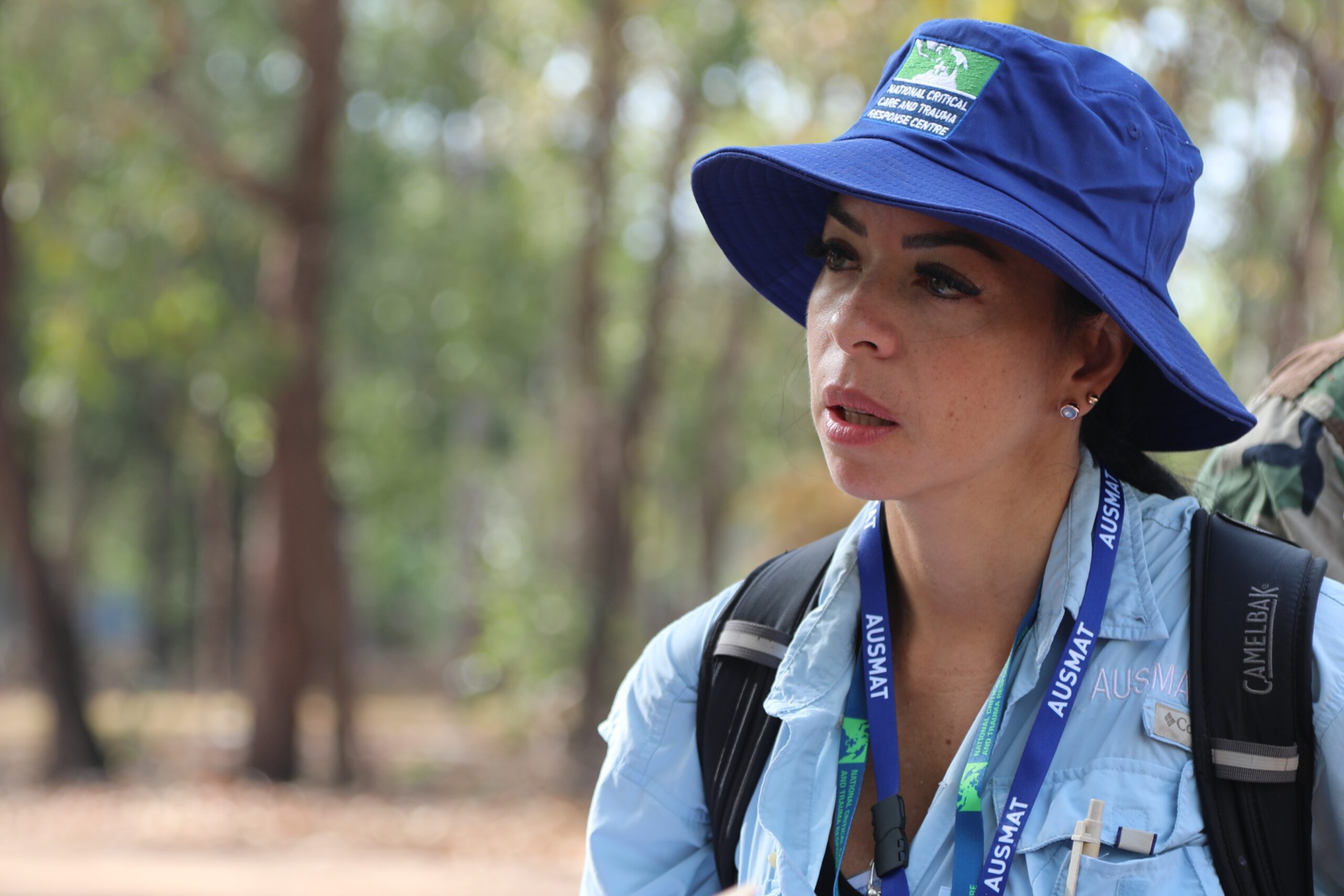
“Physically and mentally, it was a lot to take on board,” she said.
“Unlike other deployment organisations, AUSMAT required us to undergo practical simulations as though we had been deployed to a real mass casualty event.
“We had to deal with and improvise as though we were under heat stress and in hard-to-access locations. But it was immensely rewarding!”
Philip Dupal said it was a privilege to have been invited to attend the pre-deployment training.
“It was a fantastic opportunity to work with a diverse group of professionals and develop new skills together,” he said.
“I look forward to using these new skills and working with the AUSMAT team in the future if I am required to respond to a crisis.”
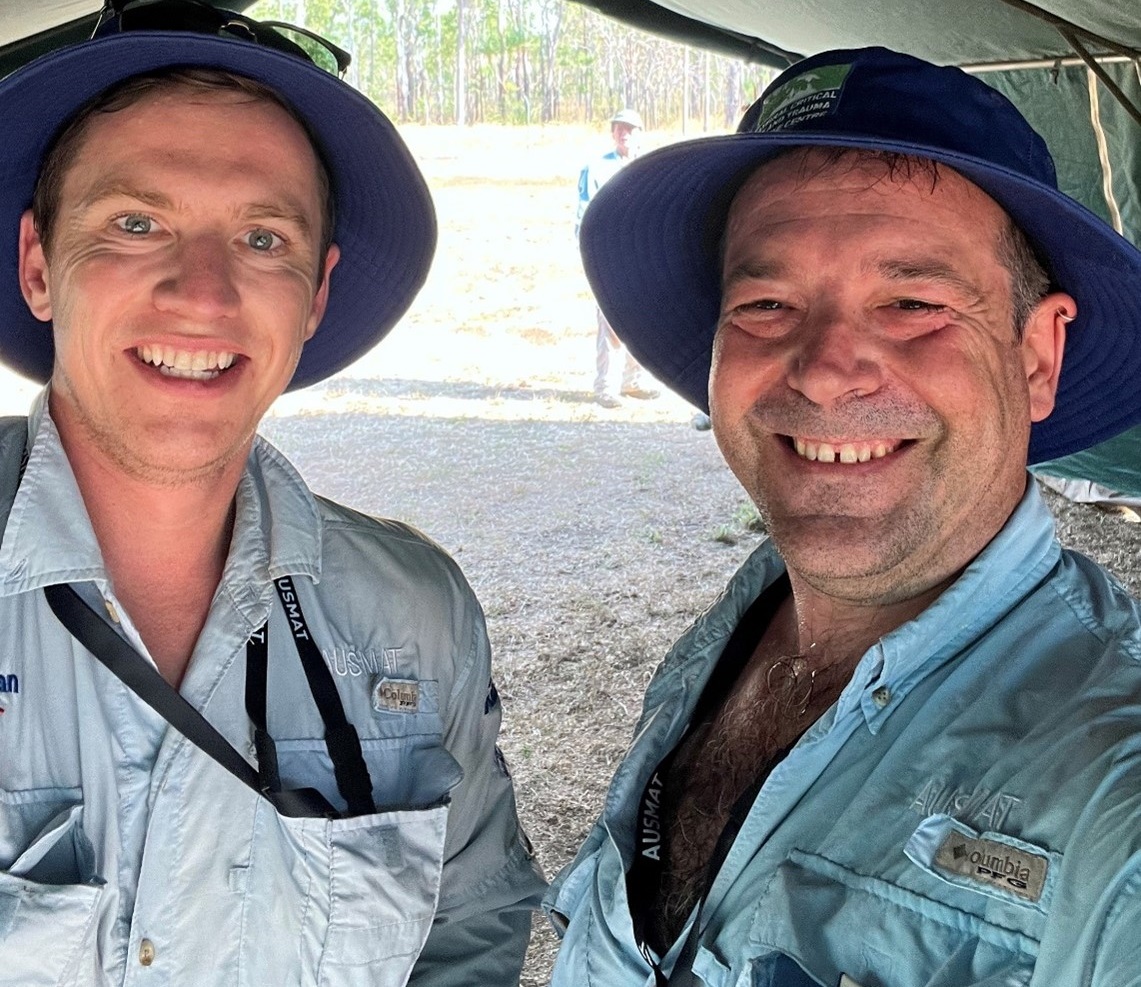
NSW Health Pathology’s Emergency/Disaster Manager Scott Pearce said the organisation was excited to be boosting the number of its staff involved with AUSMAT.
“We currently have two trained and deployable medical staff listed in the AUSMAT database, and we are proud to have another four staff in training,” he said.
“The training is about making sure they are prepared for whatever situation they may find themselves in, whether that is a disaster situation here in Australia or overseas.
“They need to be able to deploy rapidly, with the assistance of the Australian Defence Force, and can be self-sufficient once they reach a disaster zone.
“It’s all about helping people and communities affected by disasters in desperate need of medical assistance.”

